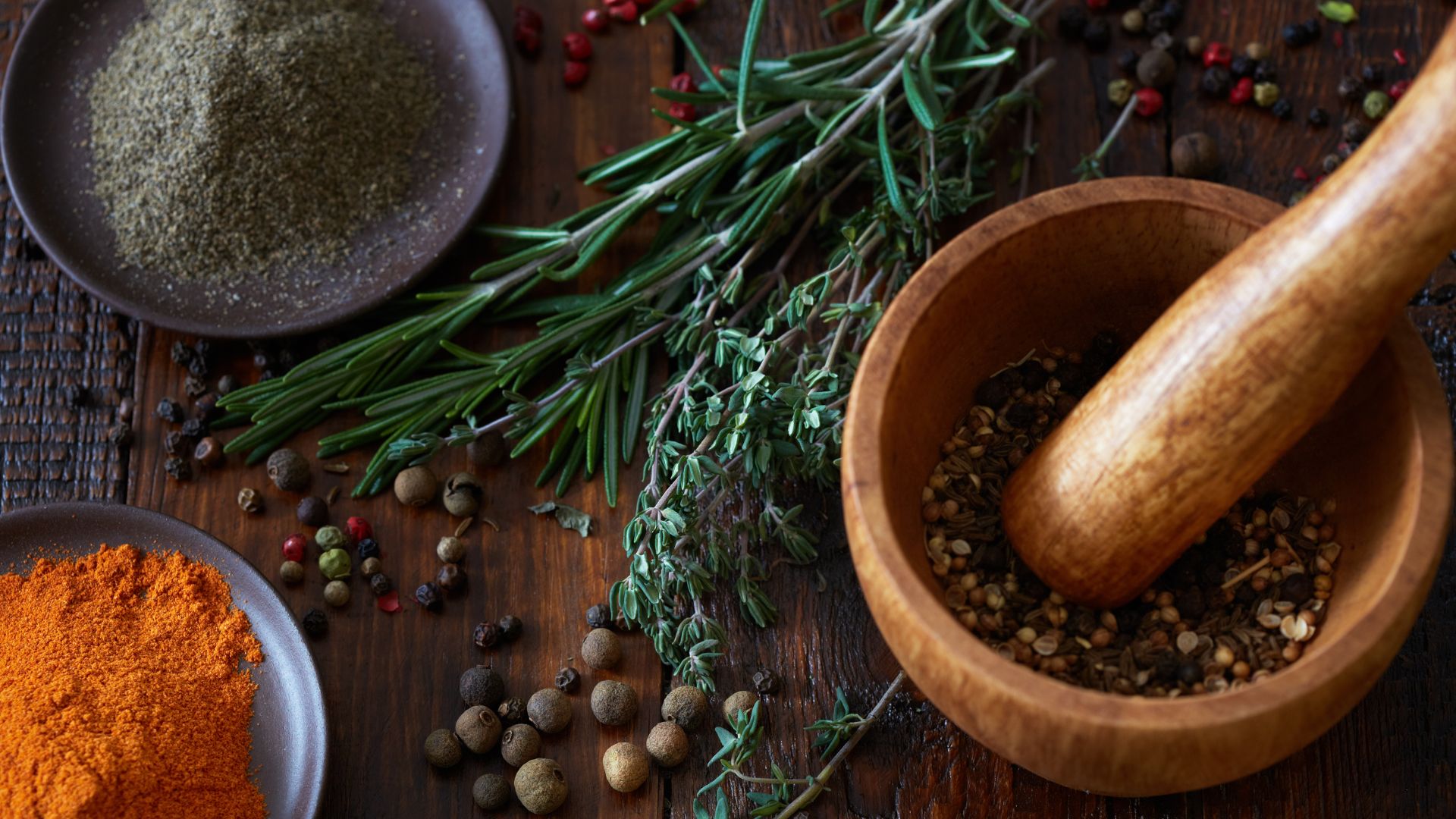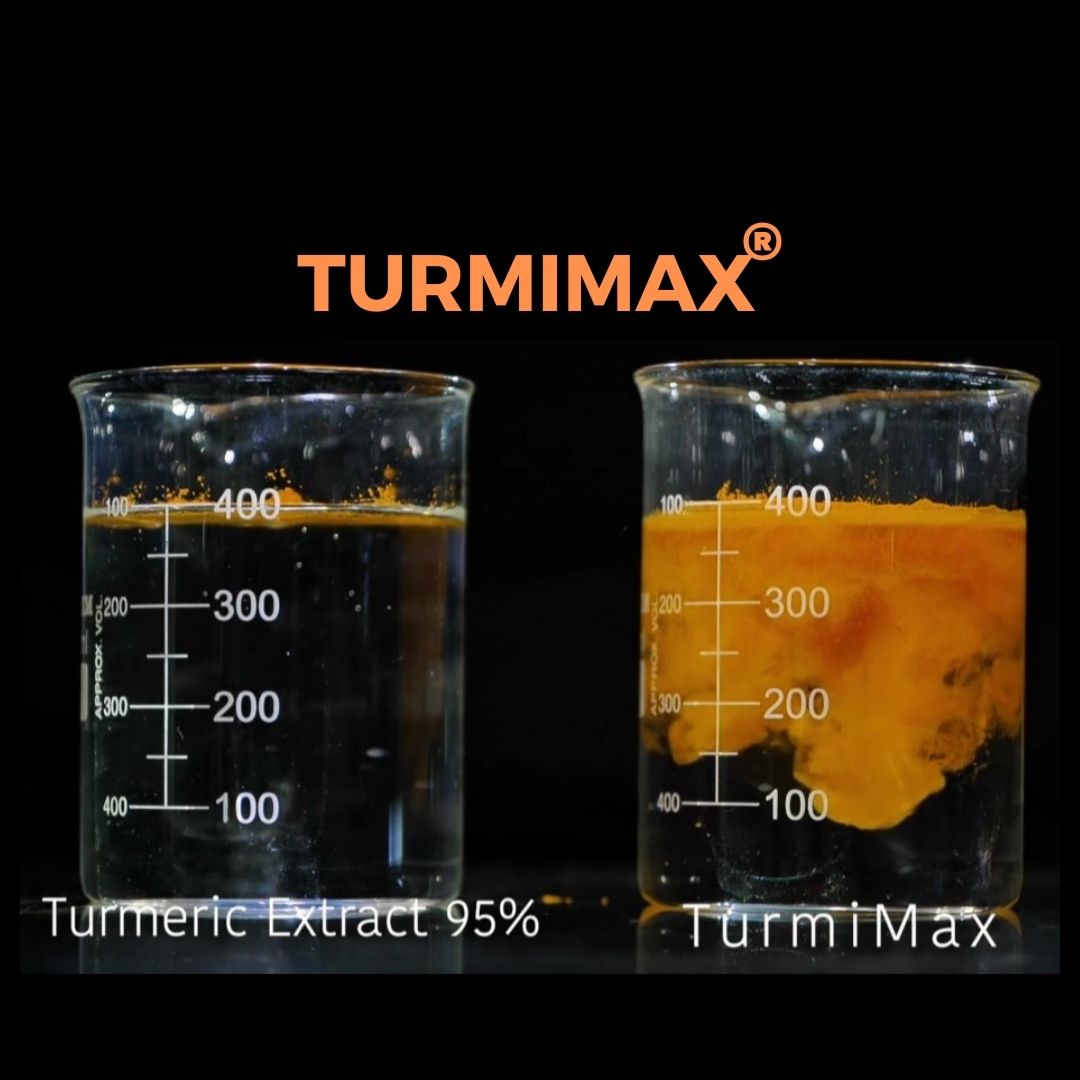The global herbal extract market's projected growth to $12.3 billion by 2028 presents procurement professionals with complex decisions balancing phytochemical precision, regulatory compliance, and supply chain economics. This technical analysis compares organic and standardized extraction methodologies through the lens of industrial biochemistry, regulatory frameworks, and procurement logistics, providing evidence-based strategies for optimizing extract selection in nutraceutical manufacturing.
Defining the Contenders: Chemical and Regulatory Profiles
Organic Herbal Extracts
Organic extracts adhere to USDA/NOP or EU 834/2007 standards prohibiting synthetic solvents/pesticides. While preserving native phytocomplexes, their chemical variability poses formulation challenges:
- Seasonal flavonoid fluctuations up to 40% in Echinacea purpurea aerial parts14
- 25-35% variance in curcuminoid content across organic Curcuma longa harvests4
- Residual pesticide limits <10% EPA tolerance thresholds (≤0.01 ppm)2
Standardized Extracts
Standardization processes concentrate specific markers while modifying native ratios:
- Ginkgo biloba extracts standardized to 24% flavonoids lose 60% native biflavones1
- Panax ginseng 80% ginsenoside extracts alter original Rg1:Re ratios from 1:1.2 → 1:0.44
- Chromatographic purification achieves ±2% marker consistency across batches24
Regulatory bodies mandate distinct documentation:
| Parameter | Organic Requirements | Standardized Requirements |
|---|---|---|
| Marker Analysis | None (whole plant profile) | HPLC quantification (≥2 markers) |
| Solvent Residues | Ethanol/water only | ICH Q3C Class 2-3 limits |
| Stability Testing | 12-month real-time | 6-month accelerated (40°C/75%RH) |
Phytochemical Variability and Extraction Economics
Extraction Yield Comparisons
Data from Olea europaea studies reveal method-dependent efficiencies:
| Method | Organic Yield | Standardized Yield | Cost Differential |
|---|---|---|---|
| Cold Maceration | 4.1% ± 0.8% | N/A | $12/kg |
| Ultrasound | 5.0% ± 1.2% | 8.3% ± 0.9% | $18/kg |
| Soxhlet | 13.4% ± 2.1% | 15.8% ± 1.5% | $24/kg |
| Supercritical | 9.2% ± 1.4% | 12.1% ± 0.7% | $42/kg |
Adapted from PMC7168226 extraction trials3
Standardized processes incur 20-35% higher production costs but reduce raw material needs by 40- 60% through concentration.
Synergistic vs. Isolated Bioactivity
Clinical comparisons demonstrate variability in therapeutic outcomes:
- Antimicrobial Activity
- Organic Acacia dealbata ethanol extracts: 18mm inhibition vs. S. aureus
- Standardized (50% tannins): 22mm inhibition (+22%)3
- Antioxidant Capacity
- Organic olive leaf water extract: 8.2 μmol TE/g (ABTS)
- Standardized (20% oleuropein): 15.3 μmol TE/g (+87%)3
- Anti-inflammatory Effects
- Whole Boswellia serrata resin: COX-2 IC₅₀ = 48μg/ml
- 65% AKBA standardized: IC₅₀ = 19μg/ml1
Regulatory Compliance Landscapes
Global Certification Requirements
| Region | Organic Compliance | Standardized Compliance |
|---|---|---|
| USA | USDA Organic + NSF/ANSI 455-2 | FDA 21 CFR 111 + USP <565> |
| EU | EU 834/2007 + COSMOS | EMA/HMPC Monographs + EP 10.8 |
| India | NPOP + FSSAI Organic | AYUSH GMP + IP Standards |
Standardized extracts require 78% more documentation pages on average for regulatory submissions4.
Adulteration Risks
Common quality issues per extract type:
Organic Risks:
- Unintended pesticide cross-contamination (7% of batches)
- Microbial loads exceeding USP <2021> (12% samples)
- Heavy metal contamination from soil (As >3ppm in 9%)
Standardized Risks:
- Synthetic marker spiking (5% market samples)
- Solvent residues exceeding ICH Q3C (14% ethanol extracts)
- Native phytochemical ratio deviations (83% Hypericum extracts)
Cost-Benefit Analysis for Procurement
Total Cost of Ownership Model
| Factor | Organic Extract | Standardized Extract |
|---|---|---|
| Raw Material Cost | $18-22/kg | $32-45/kg |
| Processing Cost | $8-12/kg | $15-28/kg |
| QC Testing Cost | $420/batch | $780/batch |
| Stability Monitoring | $150/month | $280/month |
| Waste Rate | 12-18% | 4-7% |
Breakeven point occurs at 2,300kg annual usage favoring standardization.
Shelf-Life Considerations
Accelerated stability data reveals divergent degradation pathways:
- Organic
- Polyphenol loss: 0.8%/month (25°C)
- Microbial growth: 1 log CFU/6 months
- Standardized
- Marker compound loss: 0.3%/month
- Excipient interactions: 5% potency loss/year
Procurement Decision Matrix
Material Selection Protocol
- Therapeutic Objective
- Acute dosing: Standardized (precise bioactives)
- Holistic effects: Organic (synergistic matrix)
- Formulation Type
- Capsules/tablets: Standardized (flow properties)
- Liquid/semisolid: Organic (solubility advantages)
- Regulatory Market
- Structure/function claims: Standardized
- Traditional use claims: Organic
- Budget Constraints
- <$50k/year: Organic (lower QC costs)
- $100k/year: Standardized (volume discounts)
Supplier Qualification Checklist
Organic Suppliers Must Provide:
- USDA/EU organic certification with transaction certificates
- Annual soil heavy metal reports (<1ppm Cd, <0.3ppm Hg)
- Wildcrafting permits for >30% wild-sourced botanicals
Standardized Suppliers Must Demonstrate:
- ISO 17025 accredited HPLC/GC-MS capabilities
- 3-batch minimum consistency reports (±5% markers)
- ICH Q7-compliant solvent recovery systems
Future Directions in Herbal Extraction
Hybrid Standardization Models
Emerging technologies enable new paradigms:
- Phytocomplex Mapping LC-QTOF-MS profiles preserving native ratios while standardizing 6+ markers
- Nanostructured Carriers Silica-lipid hybrids improving organic extract stability by 300%
- Blockchain Verification Hyperledger-based systems tracking organic integrity from soil to capsule
Metabolic Engineering Breakthroughs
CRISPR-edited Artemisia annua lines now yield 25% artemisinin without concentration steps, blurring organic/standardized boundaries.
Strategic Recommendations
- Dual Sourcing Maintain 60:40 standardized:organic inventory for formulation flexibility
- Testing Investments Allocate 7-9% of procurement budget to third-party NMR/HPLC-MS verification
- Supplier Development Co-fund extraction R&D with top 20% vendors for custom phytoprofiles
- Regulatory Forecasting Monitor EMA/FDA harmonization of organic extract guidelines through 2026
Conclusion
By adopting this evidence-based framework, procurement teams can navigate the organic- standardized dichotomy while optimizing for efficacy, compliance, and cost-efficiency in an evolving global market.
Citations:
- https://www.supplysidesj.com/supplement-regulations/the-benefits-and-pitfalls-of-standardizing-botanical-extracts
- https://www.planetayurveda.eu/blog/standardized-herbal-extract/
- https://pmc.ncbi.nlm.nih.gov/articles/PMC7168226/
- https://academicjournals.org/article/article1380017716_Kunle%20et%20al.pdf/1000
- https://arjunanatural.com/sourcing-challenges-in-plant-based-nutraceuticals/
- http://www.agritech.tnau.ac.in/horticulture/extraction_techniques%20_medicinal_plants.pdf
- https://pmc.ncbi.nlm.nih.gov/articles/PMC10561302/
- https://arjunanatural.com/herbal-extracts-health-benefits/
- https://www.far.fiocruz.br/wp-content/uploads/2016/09/An-overview-of-advancesin-thestandardization-of-herbal-drugs.pdf
- https://lifespa.com/herbs-supplements/whole-herbs/whole-herbs-vs-extracts/
- https://www.millenniumherbal.com/pages/why-standardized-herbal-extracts
- https://pmc.ncbi.nlm.nih.gov/articles/PMC7398001/
- https://www.ema.europa.eu/en/documents/scientific-guideline/final-guideline-qualityherbal-medicinal-productstraditional-herbal-medicinal-products-revision-3_en.pdf
- https://www.nowfoods.com/healthy-living/articles/whole-herbs-vs-standardized-herbalextracts-which-better
- https://www.nature.com/articles/s41598-017-15934-0
- https://www.mdpi.com/1420-3049/27/7/2074
- https://www.who.int/docs/default-source/medicines/norms-andstandards/guidelines/quality-control/quality-control-methods-for-medicinal-plantmaterials.pdf?sfvrsn=b451e7c6_0
- https://www.herb-pharm.com/blogs/ask-an-herbalist/the-difference-between-whole-herband-standardized-extracts
- https://www.vitalherbs.in/standardized-herbal-extracts.html
- https://pubmed.ncbi.nlm.nih.gov/23073189/
- https://www.news-medical.net/health/Herbal-versus-Synthetic-Medicines.aspx
- https://www.made-in-china.com/products-search/hot-chinaproducts/Standardized_Extract.html
- https://vitalplan.com/blogs/blog/whole-herb-vs-herbal-extract-which-is-better
- https://livingearthschool.ca/documents/Standardization.pdf
- https://www.focusherb.com/blog/whole-herbs-or-standardized-herbal-extracts-which-isbetter/
- https://www.moice.gov.bt/wp-content/uploads/2020/07/Herbal-Extracts.pdf
- https://www.mdpi.com/2297-8739/10/3/177
- https://lifespa.com/herbs-supplements/whole-herbs/herbal-extracts-whole-herbs-pros-cons/
- https://cdn.who.int/media/docs/default-source/medicines/norms-andstandards/guidelines/production/trs1010-annex1-herbal-processing.pdf?sfvrsn=80b60ae5_0
- https://www.dsir.gov.in/sites/default/files/2019-10/ISM_AS_Market.pdf





